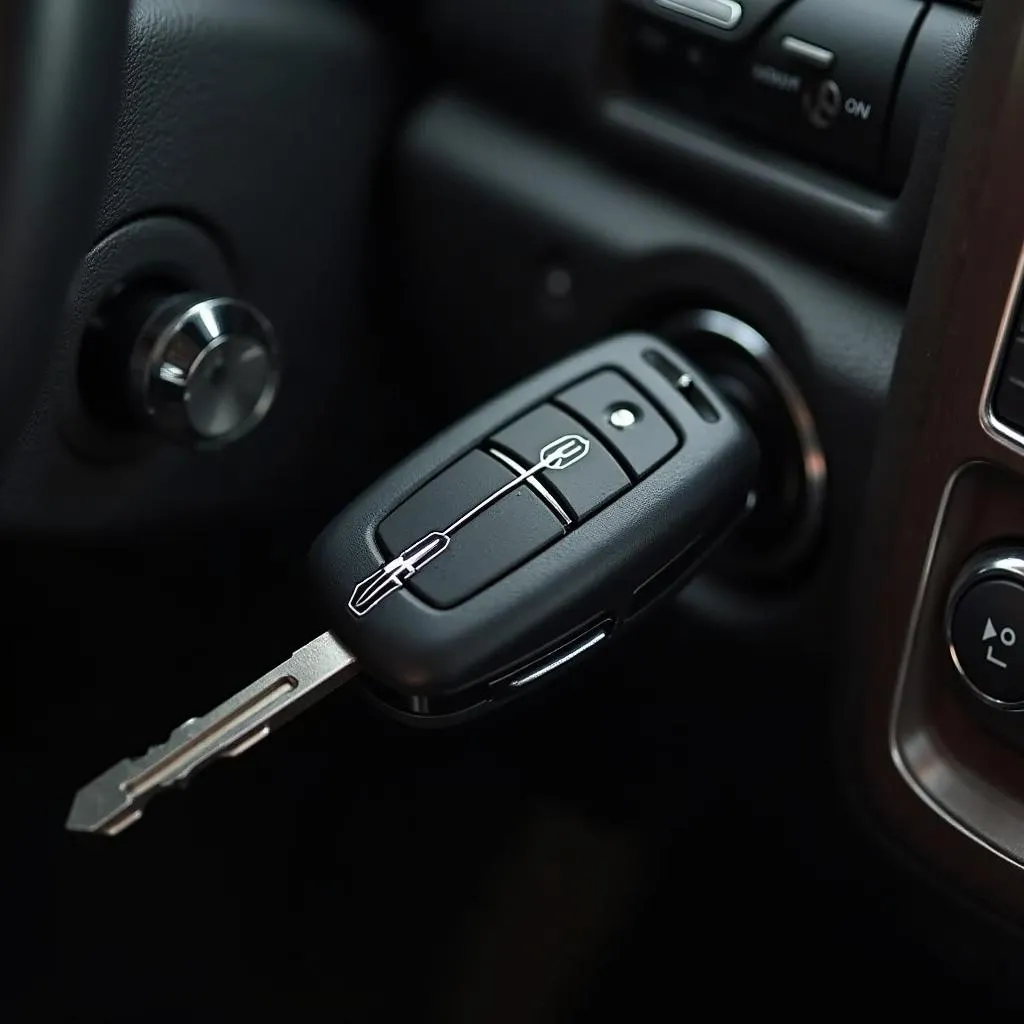Experiencing a persistent seat belt warning in your Toyota Land Cruiser, even with an empty passenger seat? This is a common issue often linked to a malfunctioning occupant detection sensor. This comprehensive guide delves into the intricacies of this sensor, potential problems, and how to troubleshoot them, potentially saving you a trip to the mechanic.
Understanding the Occupant Detection Sensor System
The occupant detection sensor, a critical component of your Land Cruiser’s safety system, determines if the passenger seat is occupied and whether or not to activate the airbag in case of a collision. Located within the seat itself, this sensor uses weight and pressure data to communicate with the vehicle’s airbag control unit.
Common Causes of Seat Belt Warning Light Malfunctions
While a faulty occupant detection sensor is a frequent culprit for a persistent seat belt warning, several other factors can trigger this issue:
- Faulty Seat Belt Buckle/Connector: A damaged or worn-out seat belt buckle or its connector can disrupt the signal, leading to a false warning.
- Wiring Issues: Frayed or damaged wiring within the seat belt system can interrupt the communication flow to the vehicle’s computer, causing the warning light to illuminate.
- Software Glitches: Like any computer system, your Land Cruiser’s software can experience temporary glitches that impact the occupant detection system.
Troubleshooting the Seat Belt Warning
Before assuming the worst, let’s explore some troubleshooting steps you can perform at home:
- Check the Basics: Ensure the passenger seat belt is fully fastened and that no objects are placing pressure on the seat.
- Inspect the Seat Belt Buckle and Connector: Examine the buckle and connector for any visible signs of damage, dirt, or debris. Clean them if necessary.
- Restart Your Vehicle: This simple step can sometimes resolve temporary software glitches.
When to Seek Professional Help
If the troubleshooting steps above fail to resolve the issue, it’s highly recommended to seek professional assistance. A qualified Toyota technician or a specialized automotive electrician can:
- Run a Diagnostic Scan: This pinpoints the exact cause of the warning light, whether it’s the sensor, wiring, or a software issue.
- Perform Sensor Calibration/Replacement: If a faulty sensor is identified, the technician can recalibrate or replace it.
- Address Wiring or Software Issues: More complex problems with wiring or software require specialized knowledge and tools to repair.
“Ignoring a persistent seat belt warning light is not advisable,” warns John Miller, Senior Automotive Electrician at Miller Auto Solutions. “It indicates a potential malfunction in your safety system. Addressing it promptly ensures your safety and that of your passengers.”
Advanced Troubleshooting: Remote Software Solutions
In some instances, particularly with software-related issues, remote diagnostics and software solutions might be available. These services involve connecting your Land Cruiser to a remote computer, allowing a technician to diagnose and even rectify software glitches wirelessly.
 Remote Diagnostics on a Land Cruiser
Remote Diagnostics on a Land Cruiser
Conclusion
Addressing a persistent seat belt warning light in your Toyota Land Cruiser is crucial for your safety and peace of mind. By understanding the role of the occupant detection sensor and following the troubleshooting steps outlined, you can often identify the root cause. However, don’t hesitate to seek professional assistance for accurate diagnosis and repair, especially for complex issues involving wiring, sensor replacement, or software glitches.

